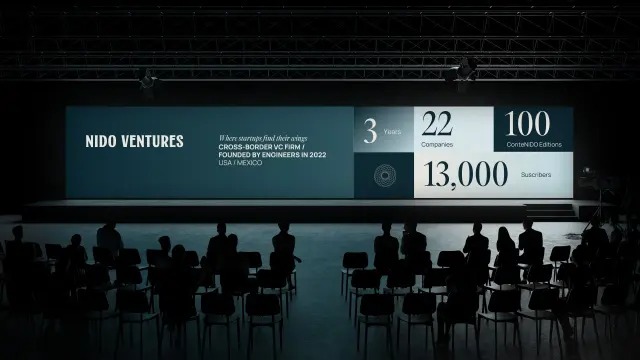In 2025, microservices architecture reaches peak adoption as enterprises move away from monolithic systems to gain scalability, agility, and faster deployment cycles.
In 2025, the software development world is witnessing an unprecedented surge in microservices adoption. Large-scale enterprises, government organizations, and startups alike are abandoning legacy monolithic applications in favor of modular, distributed systems built using microservices architecture.
This paradigm shift has been driven by the need for scalable, resilient, and agile systems capable of supporting the ever-increasing demands of cloud-native and customer-centric applications.
What Are Microservices?
Microservices architecture breaks down a software application into a collection of loosely coupled, independently deployable services. Each service runs its own process and communicates over lightweight protocols like HTTP or messaging queues. These services are often built around business capabilities and can be developed, deployed, and scaled independently.
Key characteristics include:
-
Service autonomy
-
Language and platform independence
-
Containerized deployment
-
DevOps alignment with CI/CD
The End of the Monolith Era
For decades, monolithic applications dominated software development. But their limitations—rigid scaling, complex deployments, and tightly coupled codebases—have prompted a shift. Companies in 2025 are choosing microservices to:
-
Enhance team productivity by enabling parallel development
-
Scale specific components instead of entire applications
-
Implement features faster without risking system-wide failure
-
Improve fault isolation and system reliability
Even traditional industries like banking, insurance, and healthcare are refactoring legacy systems into microservices with strategic, phased approaches.
Cloud-Native Synergy
Cloud platforms such as AWS, Azure, and Google Cloud have accelerated microservices adoption by offering managed services tailored to distributed systems. Tools like Kubernetes, Istio, and Amazon ECS simplify service orchestration, observability, and networking.
Microservices fit naturally into serverless and container ecosystems, with infrastructure as code (IaC) and GitOps practices enabling dynamic, automated deployments.
Developer and Team Empowerment
Organizations report significant cultural benefits from the microservices model:
-
Autonomous teams can own and deploy services independently
-
Polyglot programming allows teams to use the best tech stack for their domain
-
Smaller codebases enhance maintainability and testability
-
Faster onboarding for new engineers working on specific services
However, managing dozens or hundreds of microservices demands strong operational discipline and observability practices.
Observability and Security
In 2025, observability is a first-class citizen. With increased system complexity comes the need for robust monitoring, tracing, and logging. Companies are relying on:
-
OpenTelemetry for unified instrumentation
-
Service meshes for observability and resilience
-
Distributed tracing to pinpoint performance issues
Security is also front and center. Zero trust architectures, API gateways, and identity-aware proxies are essential to ensure that services communicate securely in multi-cloud and hybrid environments.
Challenges Still Persist
While microservices offer numerous advantages, they also introduce new complexities:
-
Service sprawl: Managing and tracking hundreds of services is a major challenge
-
Data consistency: Distributed databases and eventual consistency demand new thinking
-
Testing: End-to-end testing in microservices environments requires specialized frameworks
-
Latency and network issues: Service-to-service calls can introduce new failure modes
Teams must invest in automated testing, failover strategies, and infrastructure monitoring to fully harness the benefits.
What’s Next?
The next wave in 2025 focuses on:
-
Micro frontends to extend modularization to the UI layer
-
Event-driven microservices using Kafka and async messaging
-
AI-assisted service design for smart schema generation and validation
-
Domain-driven design (DDD) aligned with microservices boundaries
Enterprises are now focused on refining their service boundaries, improving inter-service communication, and optimizing operational overhead.






























